The emperor is the most powerful person in ancient China. This article introduces the emperor hat and the Guanmian system in ancient China.
History of Chinese ancient hat system -- Guanmian
China is known as "the country of etiquette". The system of dress etiquette has a long history, and it has a very rich connotation and a complete system. In ancient China, hats were called "Yuanfu (元服)" and "Shoufu (首服)".
As the "highest" and "first" part of the whole body dress, Shoufu occupies an important position. It is not only an important symbol to distinguish officials and people in ancient China, but also a necessary means to mark the official rank of rulers.
It is said that the hat ornament was invented by the Yellow Emperor. In the beginning, it was not used to prevent cold and summer, but to mark the ruling power and noble status, so it was widely used by the bureaucratic ruling class. At this time, the headdress should be called "Guan (冠)" and "Mian (冕)". After that, with the establishment of the hierarchical order of ethics, a whole set of clothing system has gradually formed.
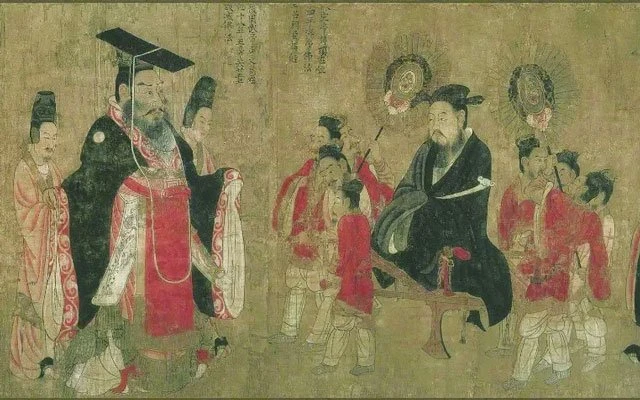
Guan, in ancient times generally refers to the hat worn by noblemen. In ancient times, when a man was 20 years old, he would receive the Guan ceremony. Therefore, Guan becomes a symbol of men's adult. However, not all men can wear hats. Only those above the rank of the scholar are qualified to wear hats.
The hat worn by the emperor, princes, and officials in sacrifice is called "Mian". Mian is derived from Guan. Due to the appearance of the Mian, the crown is divided into identity levels. Among them, the crown of the emperor is the most honorable.
The emperor hat -- Mianliu Guan
The Mianliu Guan (冕旒冠) of the emperor is a hat that can only be worn by those with the highest power. It is generally composed of Yan(延,yán), Liu(旒, liú), Ying(缨, yīng), Dan(紞, dǎn), Kuang(纩, kuàng) and Hong(纮, hóng).
- Yan, the rectangular board on the emperor hat.
- Liu refers to the jade beads hanging in front of and behind the rectangular board, which are usually made of colorful beads and jade by means of colorful silk threads. Its standard name is "Yuzao (玉藻)". The number of bead curtains is exquisite, and its number is a big sign of identification. According to historical records, the emperor of the Ming Dynasty had 12 bunch of Liu hanging in front of and behind the crown. Each Liu had 12 jade beads include: red, yellow, blue, white and black.
- Ying is a red silk rope hanging from both sides.
- Dan, a special purpose rope made of silk, the lower end connected with "Kuang".
- Kuang: the two pieces of Kuang are just beside the two ears.
So, how is the Mianliu Guan fixed on the head? Using a thing called "Yuji (玉笄)" is actually the commonly known hairpin. The two ends of the Yuji encircle the chin and are tied with vermilion ribbons (Hong).
How "Mianliu Guan" became the pronoun of Emperor
The shape of the Guanmian has been handed down from generation to generation. Generally, the emperors of each dynasty will make certain changes and corresponding regulations, but the shape will remain unchanged. At the same time, the Guanmian used in different social status levels are also different, the main difference is the material and number of Liu.
In the pre-Qin period, the system of Guanmian had been relatively formed. Especially in the Zhou Dynasty, Guanmian, as an important part of the costume system, has gradually become a symbol of the ruling class, and its cultural symbolic significance has become increasingly clear.
According to the literature, the Shoufu used by the ruling class of the Zhou Dynasty and inherited by future generations mainly includes the Mian for sacrifice and the Bian (弁) for the court meeting.
Han Dynasty is an important period for the formation of the Shoufu system in ancient China, and it is also the basis for the evolution and inheritance of Shoufu in ancient China. In the early period of the Han Dynasty, the rulers didn't have a good understanding of dress etiquette, and the clothes system was very chaotic.
In the period of emperor Liu Zhuang, the costume system of the Han Dynasty was basically finalized, and the Guanmian system became one of the basic marks to distinguish grades. After the Han Dynasty, only the emperor could wear Mianliu Guan, so "Mianliu Guan" became the pronoun of the emperor.
At different times, the ancient emperor hat have not only the continuity of successive generations but also their own distinctive features.
More about ancient Chinese hats: Hanfu Traditional Hats Introduce.
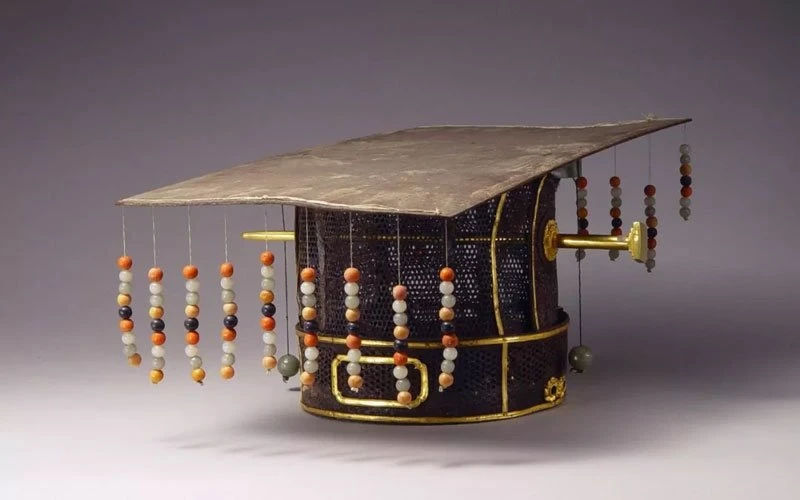
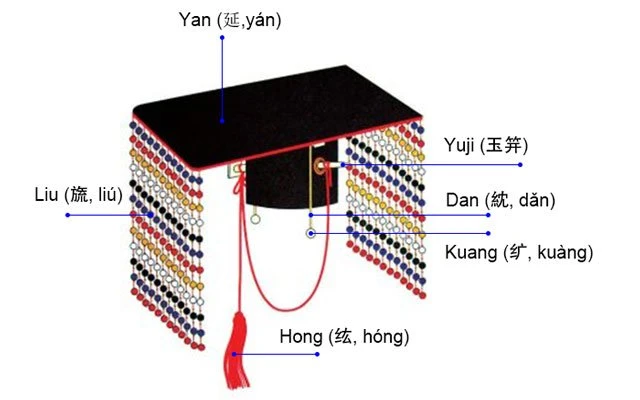
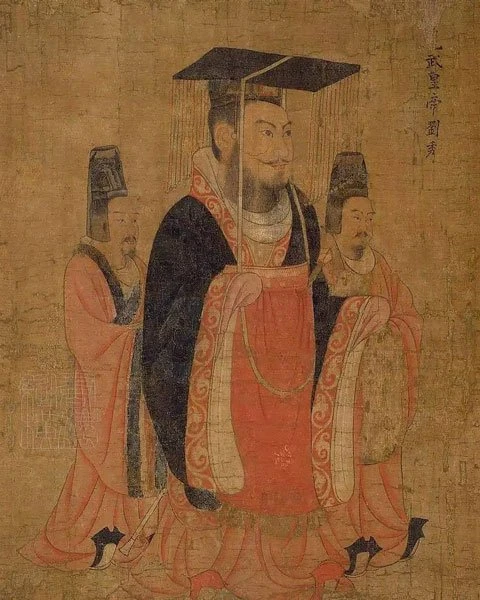
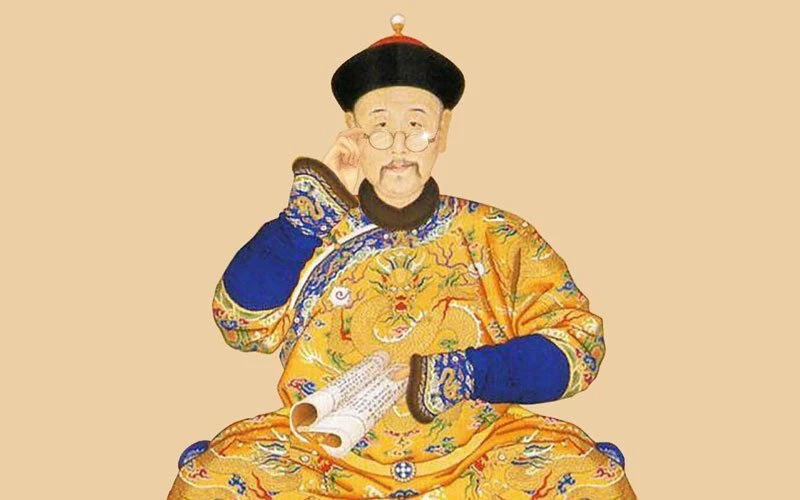
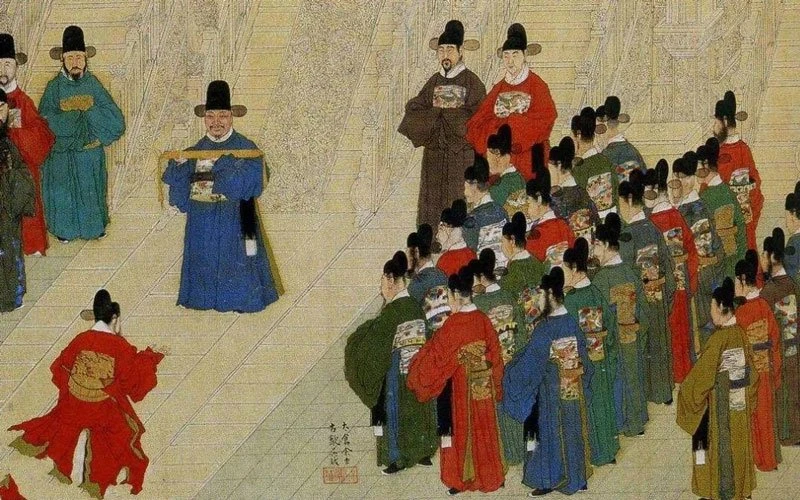

Umm... Better add "Han Dynasty" in the title, sorry 😅
waw😍
Apa kaisar hanya memakai topi tersebut ? Tidak memakai mahkota ?
Inilah mahkota di zaman itu, namanya pun "mianliu guan" yang di mana "guan" itu artinya "mahkota"
Topinya sangat unik dan indah